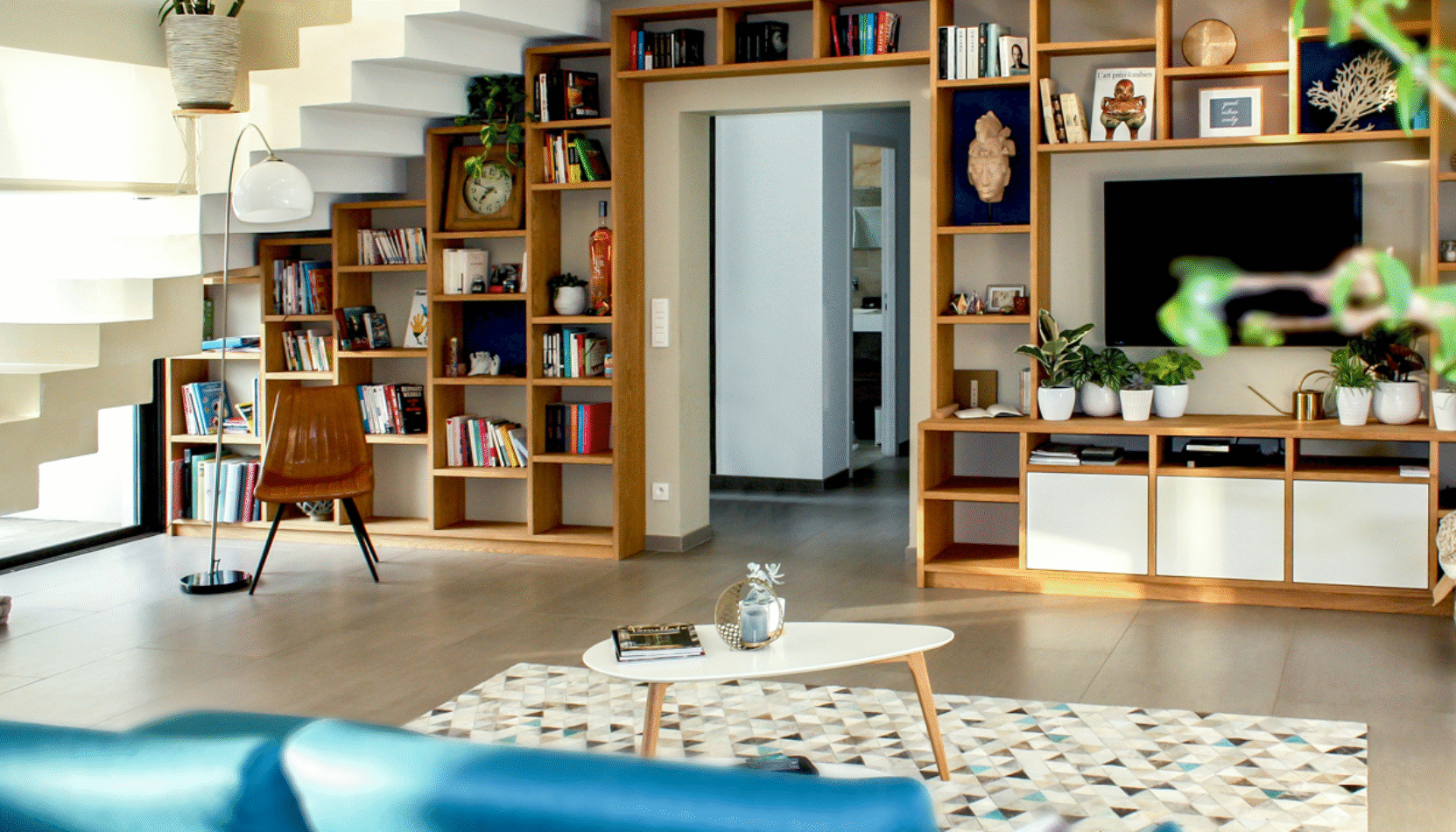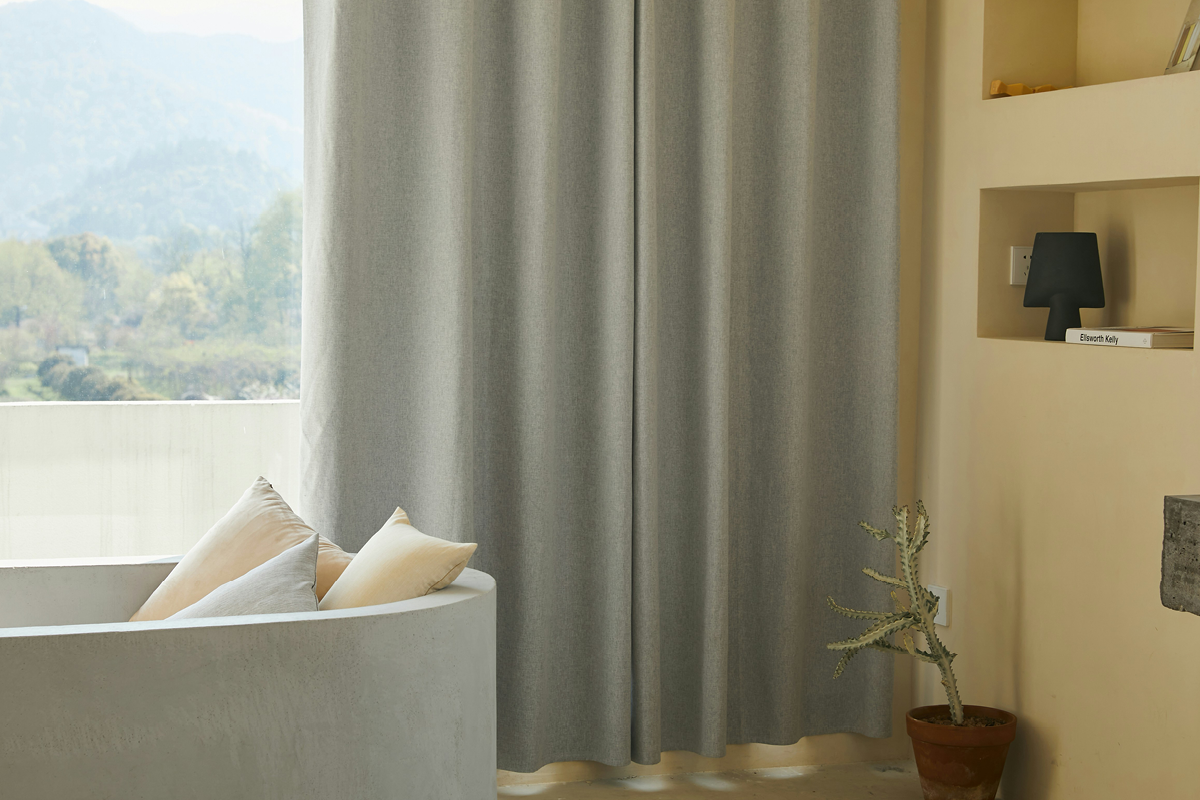HOW TO DESIGN A SUSTAINABLE FAMILY HOME
We’re all keen to do what we can to live a more sustainable life and protect our planet. Saving money and ensuring that the home we’re in is as efficient as possible is also a priority for most people.
Below, property expert Thomas Goodman at MyJobQuote.co.uk explains some things to consider when designing a sustainable home that is also future-proofed for you and your family.
Orientation
To design a sustainable and future-proofed family home, it’s important to start with the orientation of the building. This will let you extract the maximum benefit from the sun’s light and heat through solar gain. It also lets you determine the positioning of certain rooms, such as the bedrooms and living areas, and will enhance how other elements of the building work, such as solar panels. Getting this initial aspect right can save you money and improve the sustainability of your new home.
Natural light
Along with the orientation of the house, the positioning of your windows is important to benefit from as much natural light as possible. Not only is this light better for your well-being and mental health, but it will also save you money on your energy bill by reducing your dependence on artificial lighting. The size of your windows will also contribute to the amount of natural light that your rooms receive, so creating a house design with lots of glass is beneficial.
Insulation
The vast proportion of our energy bills goes on heating our homes and supplying hot water. In fact, it’s a staggering 80% of our energy costs, on average. So, it makes sense when designing a sustainable home to prioritise insulation and bring those bills down. The roof, walls and floors should all be insulated with the highest quality insulation you can afford, and of course, if it’s sustainable, that’s even better. Make insulation a priority so that you can reduce how much you’ll use your heating system.
Windows and doors
Other important elements of the building’s fabric are the windows and doors, as they are integral to your home’s insulation, as well as being an important design feature. Therefore, making sure you have the right windows and doors from the design stage will help to make your home more sustainable. Good quality double and triple-glazed windows can also last up to 30 years. So, while they may not be future-proofed, they will last a long time.
Heating
As mentioned, heating accounts for the highest portion of the average household bill in the UK at 80%. Investing in sustainable heating systems is a key part of designing a home for the future. Not only will it potentially save you money, but renewable energy can also significantly reduce your carbon footprint. There are plenty to choose from, including air and ground source heat pumps coupled with underfloor heating or solar panels and biomass boilers.
Use sustainable & local materials
It goes without saying that when designing a sustainable home, using sustainable materials is important. The obvious renewable material is timber, but you could also use wool for insulation, cork or bamboo on your floors and walls, reclaimed bricks and recycled steel. Where possible, try to use local sources for your materials to further reduce your carbon footprint through transportation.
Pre-wire for green energy
If you’re not quite ready to install your renewable energy features, you can at least future-proof your home by running conduit or cable throughout the house. This reduces the upheaval and mess when you do want to install green energy solutions in your home. However, you should do your research first to determine what is the best option for your property.
Buy energy-efficient appliances
Having energy-efficient appliances in your home is a step in the right direction for sustainability. Make sure that your fridge freezer, dishwasher, washer dryer and TV are all A-rated. As well as the energy rating, check that you’re buying the right size appliance for your family’s needs. An oversized washing machine or fridge freezer will cost more to run and be wasteful, even with a top energy rating.
Smart technology
Smart technology doesn’t just make your life easier; it can also save you money. For example, if you have your heating set to come on at a certain time but you’re running late, you can adjust your smart thermostat from your phone, saving you the cost of heating an empty house. Other smart tech, such as lighting, video doorbells and central vacuums, is easy to use, especially for those with mobility issues, making them ideal future-proofing devices.
Flexible spaces
One way of future-proofing your home is to make the internal spaces flexible. For example, you may need a home office now, but will you still need it when you retire? Incorporating multi-use furniture is one way of providing options for different rooms, but you could also include partition walls, which, down the line, can be removed. Thinking ahead will let you introduce elements at the design stage, which will make this kind of transition easier.
Wider doorways
While thinking of your later years, it’s worth considering fitting wider doorways into your new house design. Allowing room for wheelchairs or walkers will mean less disruption if, later on, your mobility becomes restricted. It can be reassuring to know that you can remain in your home even if you need some assistance with moving around.
Rainwater harvesting system
You can also make the outside of your home more sustainable by adding a rainwater harvesting system. This can considerably reduce your mains water usage, sometimes by up to 50%. An effective system will store the collected rainwater, and it can then be used for flushing toilets and irrigating your garden. This can save you money and make sure that even in times of drought, you can water your garden or wash your car.
THOMAS GOODMAN
Thomas Goodman has worked as a property and construction expert for MyJobQuote for six years and has worked in the construction industry for over twenty years. Thomas continues to work on building projects while providing expert construction and property advice to industry professionals and DIY enthusiasts.














